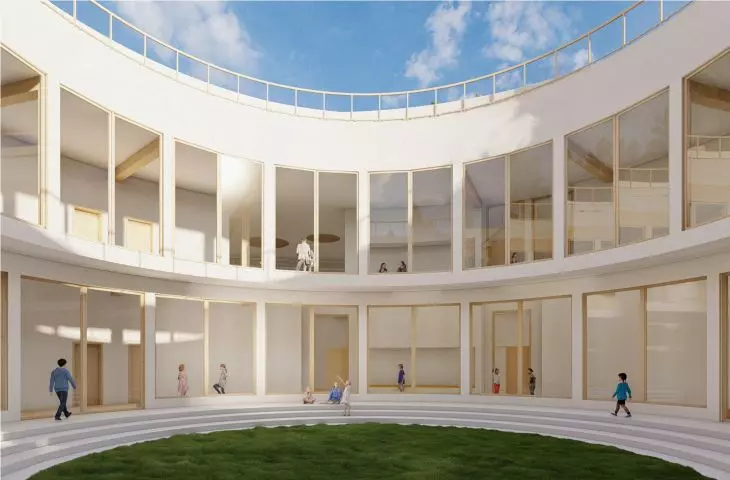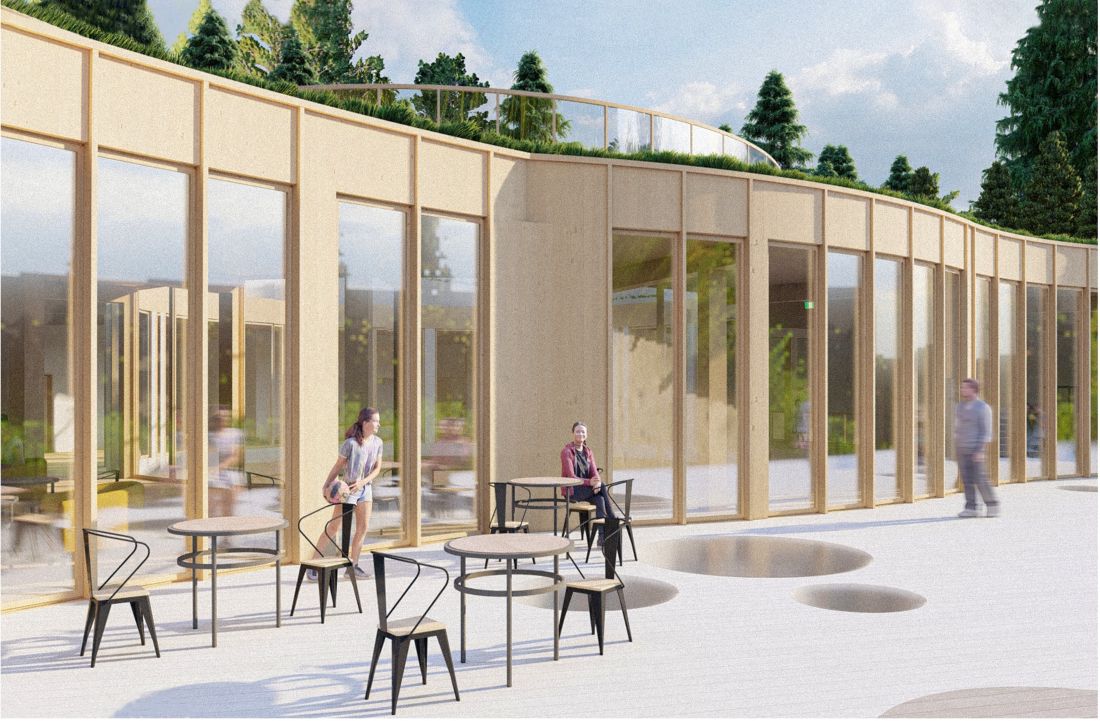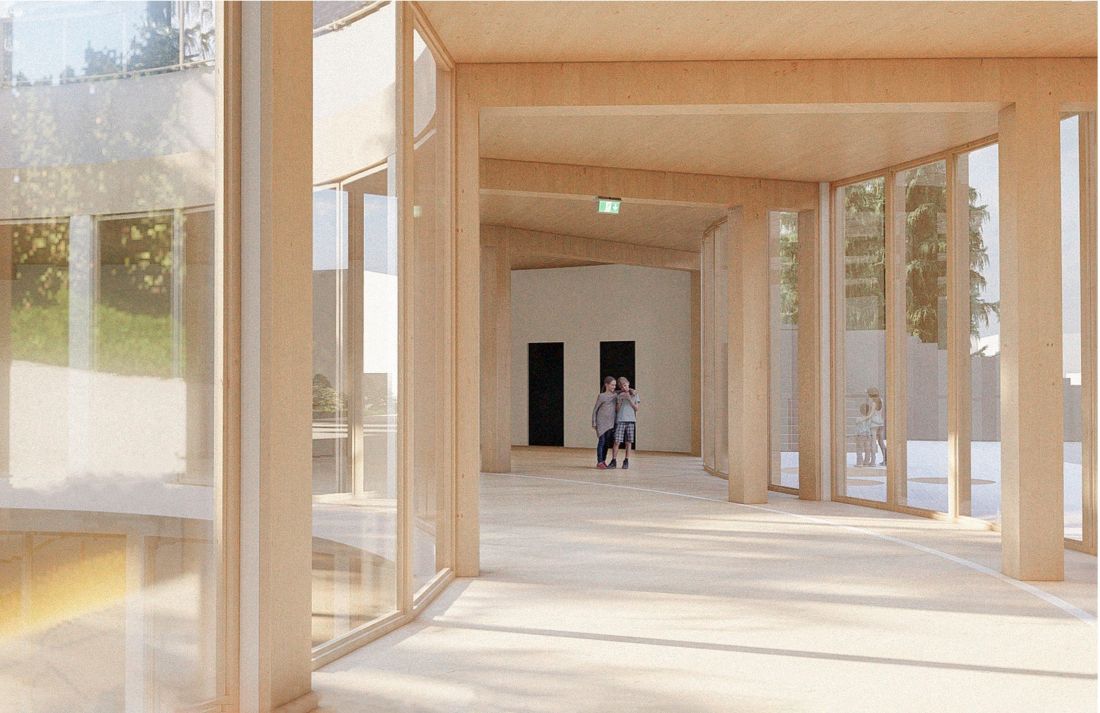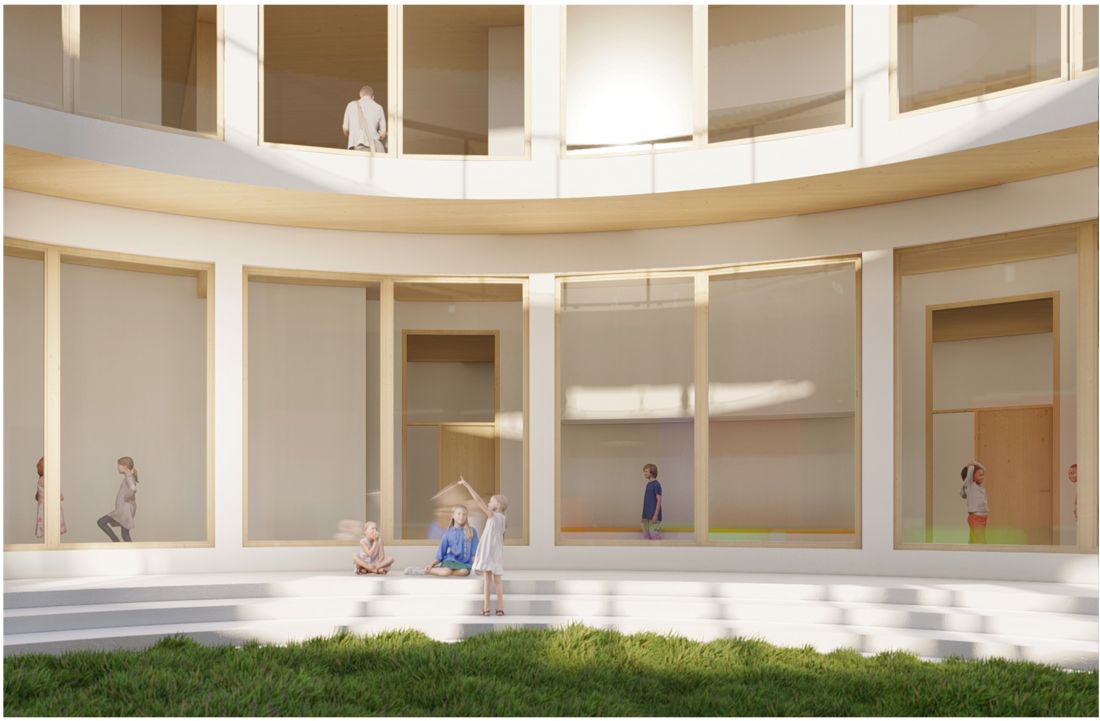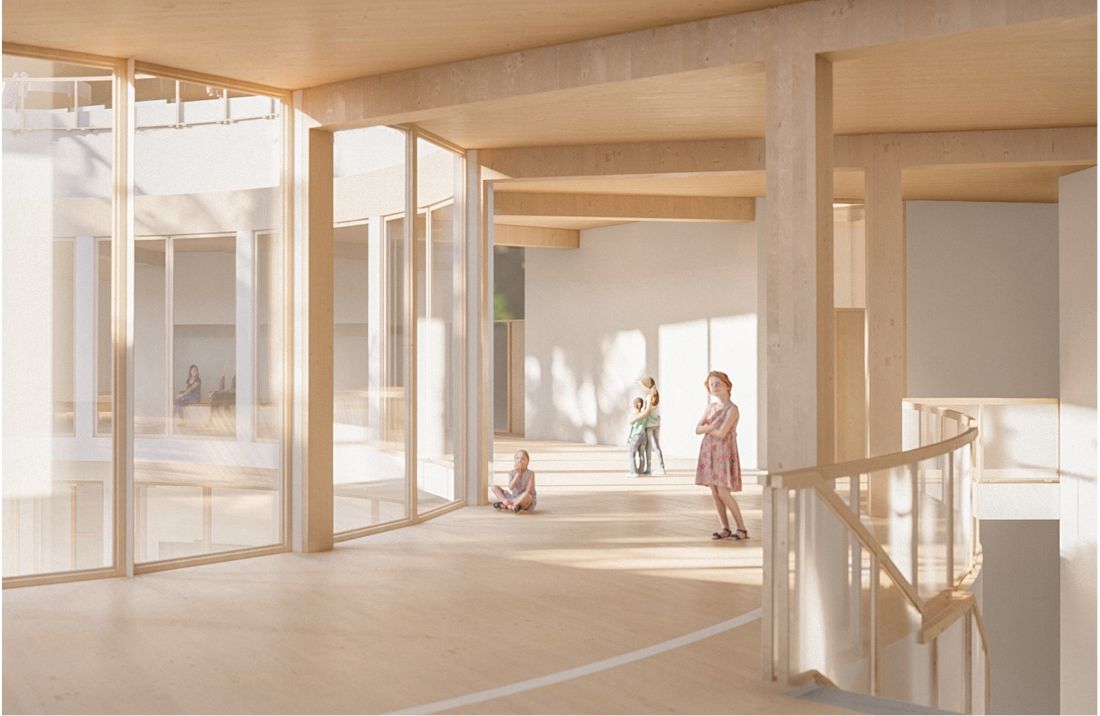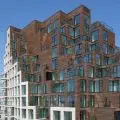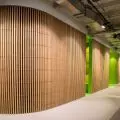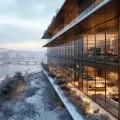The international student competition titled Nature Inspired Youth Centre for the design of a Youth Center in Canada organized by Arc Ace magazine was full of successes for Polish teams. Daria Wróbel and Mateusz Zwierzchowski from Poznan University of Technology proposed a hidden building on a circular plan and won the fourth prize!
The challenge of the competition was to design a building intended for young people between the ages of 14 and 19. The building was to be inspired by nature, and participants were to use natural materials, green living walls and roofs, and shapes with organic forms. An important element was to propose a program for young people - conducive to development, cooperation, learning, play and sports.
The Youth Center received the fourth award in the Arc Ace competition
© Daria Wróbel, Mateusz Zwierzchowski
polish students appreciated!
Of the submitted projects, the jury awarded five Grand Prizes. The third and fourth prizes went to Polish students. The Tree House project by Maria Faliszewska of the Silesian University of Technology won third prize, and the Underground Center project by Daria Wróbel and Mateusz Zwierzchowski of the Poznan University of Technology received fourth prize!
According to the competition guidelines, the project combines architecture and nature, creating a building hidden in the ground with multiple functions. Inside the premise we planned rooms for recreation, physical activity, as well as artistic activities. The café we designed, as well as the inner courtyard, are spaces that are fully conducive to the integration of both the young people and children who gather there, the competition winners say.
The café is located right next to the entrance area
© Daria Wróbel, Mateusz Zwierzchowski
Underground Center
Upon entering the Youth Center, its lobby opens to a large glass window revealing an inner courtyard. To the right are designed elevators and a locker room. In the opposite corner is a café with direct access to the entrance area, next to which the authors have provided space for tables where one can drink coffee or eat ice cream surrounded by nature. The first floor also includes, a reading room space allowing leisure reading or studying after school. Other spaces include two computer rooms that serve as free studios both for classes with a tutor in, for example, science clubs and extra-curricular activities, and as rooms for spending time individually.
The center is built around an inner courtyard
© Daria Wróbel, Mateusz Zwierzchowski
green roof for relaxation
The glazed part of the corridor was made by the young architects on a circular plan, thus illuminating the interior with daylight. On the entrance side, the authors proposed a more representative staircase, which leads directly to the lower floor of the building. The entire building was covered with a green roof, thanks to which the mass is not conspicuous, leaving the surrounding nature almost untouched. An exterior staircase located just outside the building's entrance leads to a portion of the roof, and the opening marking the inner courtyard has been separated by a glass balustrade.
Large glazings illuminate the interior
© Daria Wróbel, Mateusz Zwierzchowski
play with light
Additional forms of lighting are skylights located both on the roof of the building in the form of glass tubes, as well as the circular glass openings present in the entrance area.
The facade of the building includes only the front elevation, which was made of wooden facade panels. The vertical divisions of the windows have been emphasized with slats that allow the lines to be accentuated, as well as creating an interesting effect enhanced by chiaroscuro, the authors explain.
The use of such a large amount of glazing illuminates the interior well, and also connects the interior and exterior parts, allowing the zones to intermingle.
courtyard promotes integration
© Daria Wróbel, Mateusz Zwierzchowski
recreational and creative work space
Level -1 is a large, open recreational space, allowing full freedom of arrangement. Here you will find a play zone allowing the insertion of a ping-pong table, billiards or seating areas creating a space for integration. An extension of this zone is the inner courtyard, seamlessly connecting the interior with the exterior. This level also includes creative work spaces - art and music - as well as two rooms for physical activities and a room for group work.
The use of natural materials and neutral colors enhances the feeling of calm and relaxation
© Daria Wróbel, Mateusz Zwierzchowski
The entire project was created with the aim of being as transparent as possible, preserving the existing environment to such an extent that its massing does not interfere with the existing environment. During the design process, we paid attention to making the Youth Center blend in with its surroundings, while maintaining its functionality and aesthetics. The use of natural materials and neutral colors allowed us to maintain harmony, and the interior and exterior, combined with the surrounding greenery, give a sense of peace and relaxation, the authors conclude.






